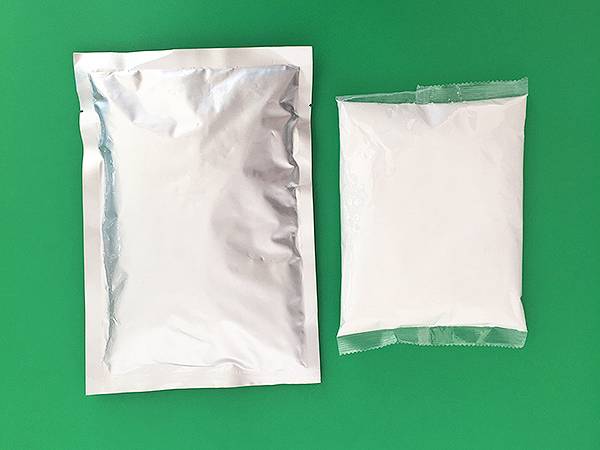



Understanding the Properties and Applications of Plumbous Oxide in Modern Chemistry
An Overview of Plumbous Oxide Properties, Applications, and Safety Considerations
Plumbous oxide, commonly referred to as lead(II) oxide, is a chemical compound with the formula PbO. It is a yellow or brownish solid that plays a significant role in various industrial applications. Understanding the properties, uses, and safety considerations associated with plumbous oxide is crucial for those engaged in industries that utilize this compound.
Properties of Plumbous Oxide
Plumbous oxide is characterized by its distinct yellow color and has a molecular weight of 223.2 g/mol. Its melting point is approximately 888 °C, allowing it to withstand high temperatures, which is essential for its use in various applications. The compound can exist in two crystalline forms alpha-lead(II) oxide (α-PbO) and beta-lead(II) oxide (β-PbO). The α-form appears as a yellow powder, while the β-form is a red or reddish-brown solid. Plumbous oxide is soluble in acids and alkalis but insoluble in water, making its behavior in different environments particularly important when considering its applications.
Applications of Plumbous Oxide
Plumbous oxide has several notable applications across industries
1. Glass Manufacturing One of the primary uses of plumbous oxide is in the production of glass and ceramics. It acts as a flux, helping to lower the melting point of silica, which is essential for creating glassware. Lead glass, known for its clarity and brilliance, often contains lead(II) oxide to enhance its optical properties.
2. Pigments Plumbous oxide serves as a pigment in paints and coatings due to its vibrant color and opacity. Lead-based pigments can provide durability and resistance to weathering; however, their use has diminished due to environmental and health concerns associated with lead exposure.
plumbous oxide

3. Soldering and Electronics In electronics, plumbous oxide is used in soldering materials, particularly in the production of certain types of solder that require high melting points and excellent electrical conductivity.
4. Chemical Reactions Plumbous oxide is also used as a reagent in various chemical processes, including the synthesis of other lead compounds and in the manufacture of lead-acid batteries. Its unique properties make it a desirable component in these applications.
Safety Considerations
Despite its utility, plumbous oxide poses substantial health and environmental risks due to lead content, which is highly toxic. Prolonged exposure to lead can result in severe health issues, including neurological damage, particularly in children. Therefore, handling, storage, and disposal of plumbous oxide require strict adherence to safety regulations. Employers in industries using lead compounds must ensure that workers are equipped with appropriate personal protective equipment (PPE) and training to minimize lead exposure.
Environmental regulations regarding lead compounds have become stricter over the years, resulting in a decline in the use of plumbous oxide in consumer products. The industry has been shifting towards safer alternatives, although lead(II) oxide remains in use in specialized applications where its properties cannot easily be replaced.
Conclusion
Plumbous oxide is a compound with significant industrial importance, particularly in glass manufacturing, pigments, and electronics. However, the health and environmental risks associated with lead necessitate careful management and regulation. As industries advance toward safer solutions, the future of plumbous oxide may involve a reevaluation of its applications in light of growing environmental awareness and health standards. Understanding both the benefits and risks associated with this compound is crucial for sustainable practices in any field relying on lead(II) oxide.
-
Why Sodium Persulfate Is Everywhere NowNewsJul.07,2025
-
Why Polyacrylamide Is in High DemandNewsJul.07,2025
-
Understanding Paint Chemicals and Their ApplicationsNewsJul.07,2025
-
Smart Use Of Mining ChemicalsNewsJul.07,2025
-
Practical Uses of Potassium MonopersulfateNewsJul.07,2025
-
Agrochemicals In Real FarmingNewsJul.07,2025
-
Sodium Chlorite Hot UsesNewsJul.01,2025










